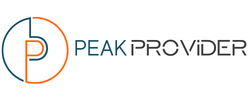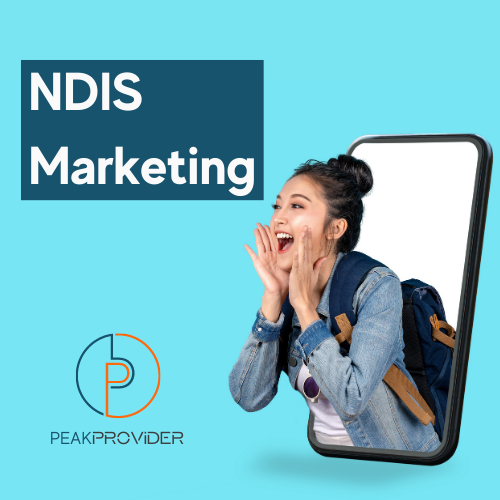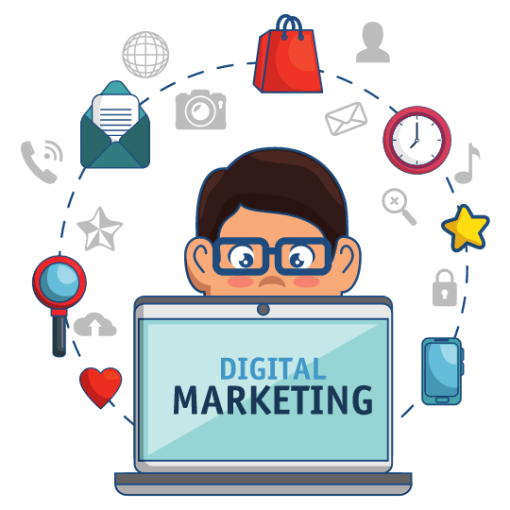Boosting Your Services’ Visibility
As an NDIS business owner, you play a crucial role in providing essential services and support to individuals with disabilities. To ensure the success and growth of your business, it’s essential to develop effective marketing strategies that will increase awareness of your services within the NDIS community. This article will guide you through the process of marketing your NDIS services, helping you attract more clients and make a meaningful impact in the lives of those you serve.

Identify Your Unique Value Proposition:
To stand out in a competitive market, it’s important to define your unique value proposition (UVP). Determine what sets your NDIS services apart from others and emphasize these differentiators in your marketing efforts. Whether it’s specialized expertise, a unique approach, or exceptional customer service, clearly communicate the value you provide to potential clients.

Define Your Target Audience:
Understanding your target audience is key to crafting effective marketing messages. Identify the specific demographic or disability groups you aim to serve and tailor your marketing strategies accordingly. By understanding their needs, preferences, and challenges, you can create targeted campaigns that resonate with your desired audience.
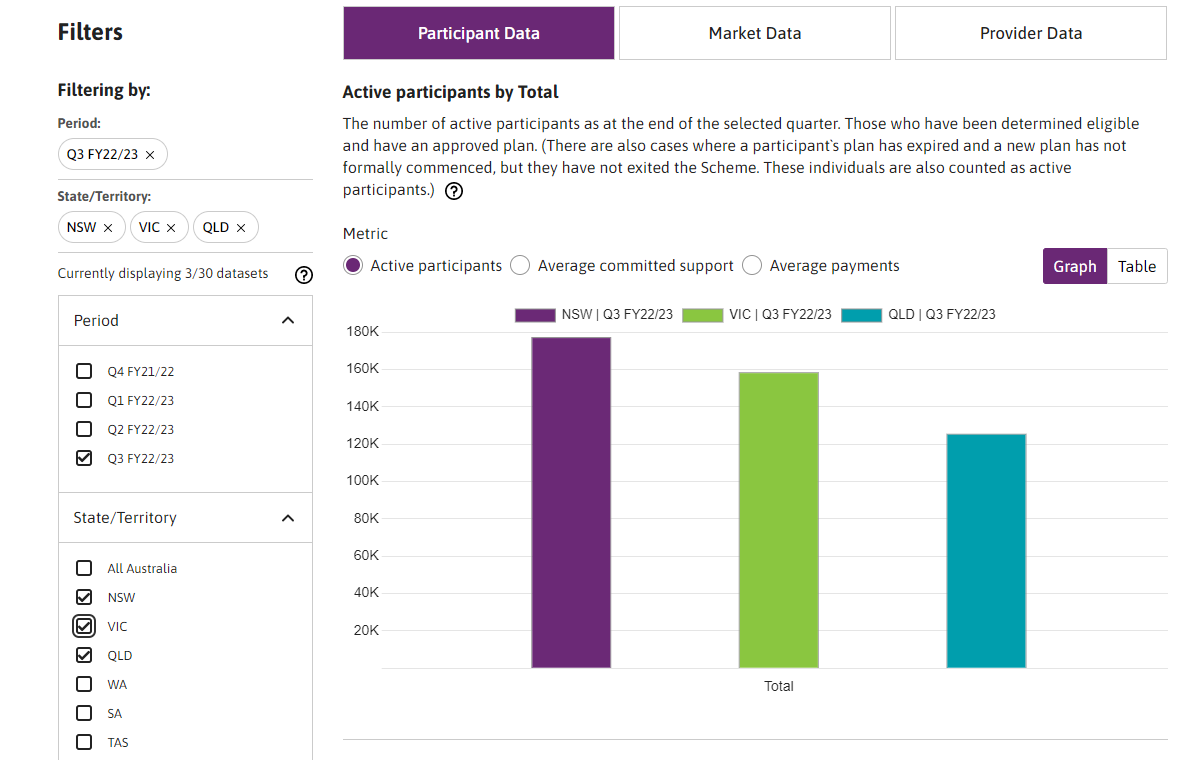
TIP 1: use the NDIS Data Tool to discover the number of participants within your exact geographic area.
Develop a Comprehensive Marketing Plan:
Creating a well-rounded marketing plan is essential for reaching and engaging your target audience effectively. Consider the following strategies:
a) Online Presence:
Build a professional website that showcases your services, expertise, and testimonials from satisfied clients. Optimize your website for search engines to improve your online visibility. Leverage social media platforms to share informative content, engage with your audience, and promote your services.

b) Content Marketing:
Develop compelling content, such as blog articles, videos, and infographics, that addresses the needs and interests of your target audience. Provide educational resources, share success stories, and offer helpful tips to establish yourself as an industry expert and gain trust from potential clients.
TIP 1: using Artificial Intelligence can boost the productivity of your marketing team. Tools such as ChatGPT for copy creation, for example, can set you apart from the crowd.
TIP 2: having a Marketing Calendar that is 52 weeks ahead provides an exact plan that takes out the guesswork – have a content marketing strategy is discussed in detail at our NDIS Marketing Masterclass.
c) Networking and Partnerships:
Attend relevant industry events, workshops, and conferences to connect with other professionals in the NDIS sector. Collaborate with complementary businesses or organizations to expand your reach and increase your referral network.
Tip 1: If you are a supported independent living provider, connect with your Local Health District and discover who their Health Liaison Officer is. Check out our SIL Marketing article for more information.
d) Client Testimonials:
Request feedback and testimonials from satisfied clients. Positive reviews and success stories can significantly influence the decision-making process for potential clients. Share these testimonials on your website, social media channels, and marketing materials to build credibility and trust. If you don’t already have a Google My Business profile, set one up!
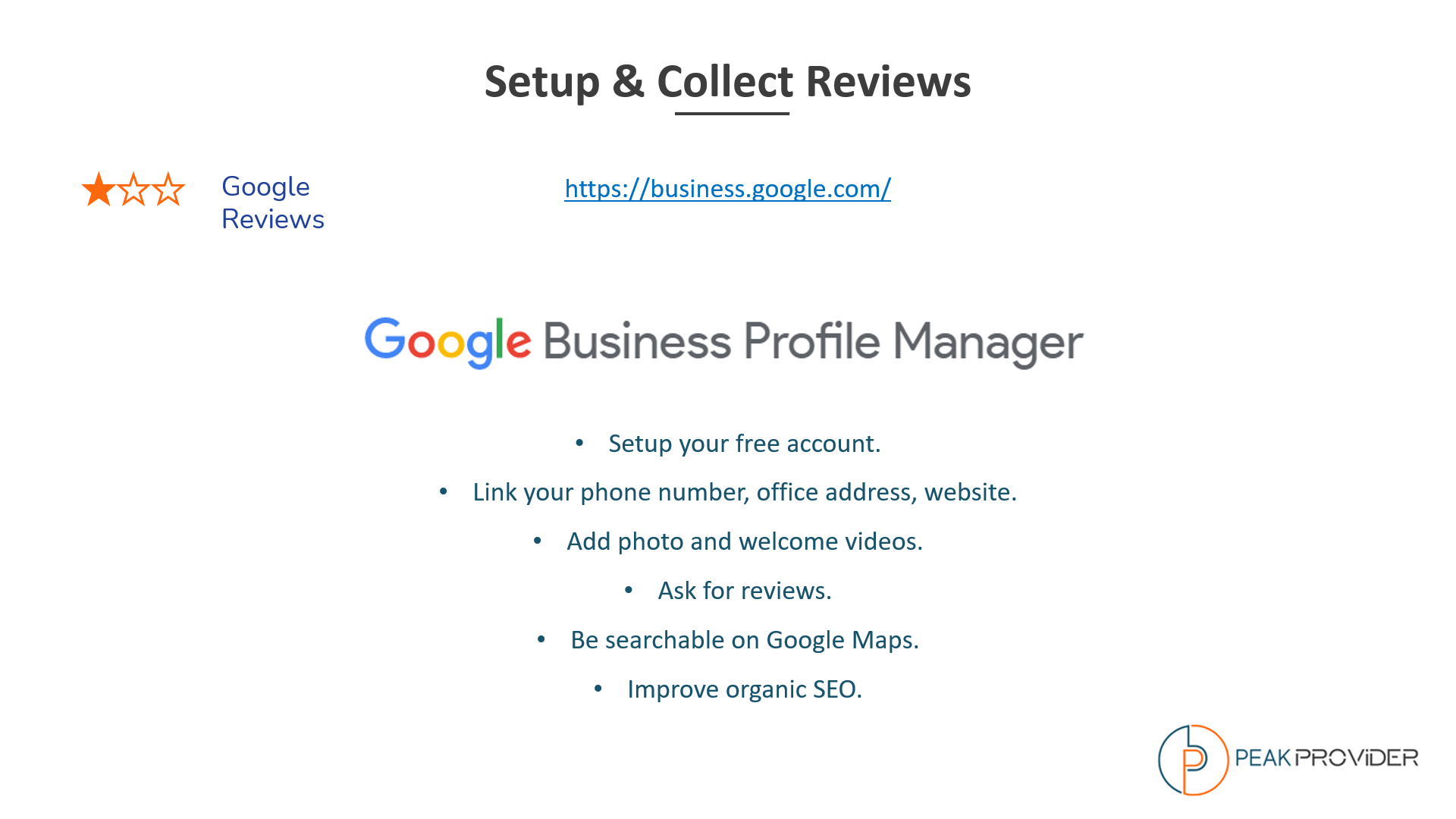
Utilize Local Directories and NDIS Platforms:
Make sure your business is listed on local directories and NDIS-specific platforms, such as MyCareSpace and NDIS Provider Finder. These platforms help individuals seeking NDIS services discover your business and make informed decisions about their support options.
Foster Positive Relationships with Referral Sources:
Establish connections with healthcare professionals, disability support organizations, and local community groups. Building relationships with referral sources can lead to a steady stream of client referrals. Offer educational workshops or presentations to demonstrate your expertise and build trust among potential referral partners. For example, if you want to offer community access, then partner with local SIL providers as they often have participants that want a dedicated and separate community access provider.
Monitor and Adjust Your Strategies:
Regularly review the effectiveness of your marketing efforts and adjust your strategies as needed. Track key performance indicators, such as website traffic, conversion rates, and client inquiries, to identify areas for improvement. Experiment with different marketing channels and messaging to optimize your reach and engagement.

TIP 1: Installing Google Analytics is a must – check out the Google Site Kit if your website is built on WordPress.
TIP 2: Using Landing Pages within your CRM is also recommended as best practice – we cover this in detail our NDIS Marketing Masterclass.
Conclusion:
Marketing your NDIS services effectively is vital for attracting participants and creating a positive impact in the disability community. By identifying your unique value proposition, understanding your target audience, and implementing a comprehensive marketing plan, you can increase awareness of your services and establish your business as a trusted provider within the NDIS sector. Remember to continuously evaluate and refine your strategies to stay ahead in a competitive market and maximize your business’s growth potential.
If you are interested in defining your NDIS Marketing Strategy in depth, then check our NDIS Marketing Masterclass here. This is a live event running once a quarter at Peak Provider.
If you are looking for a in-depth guide, then download The NDIS Marketing Guide

